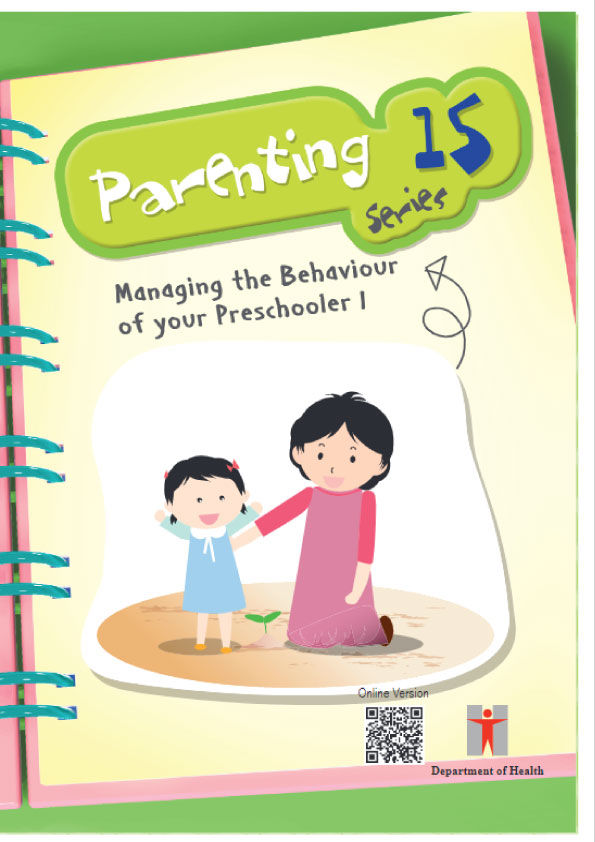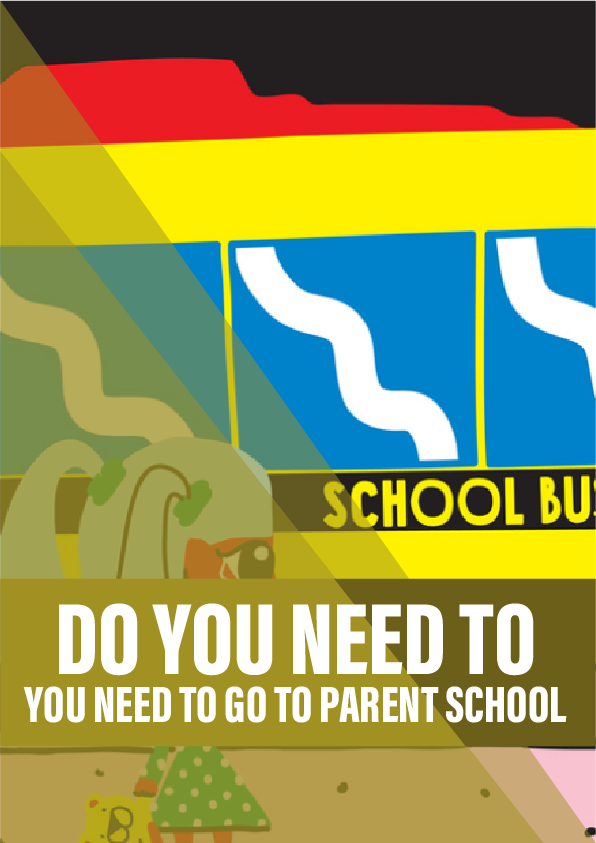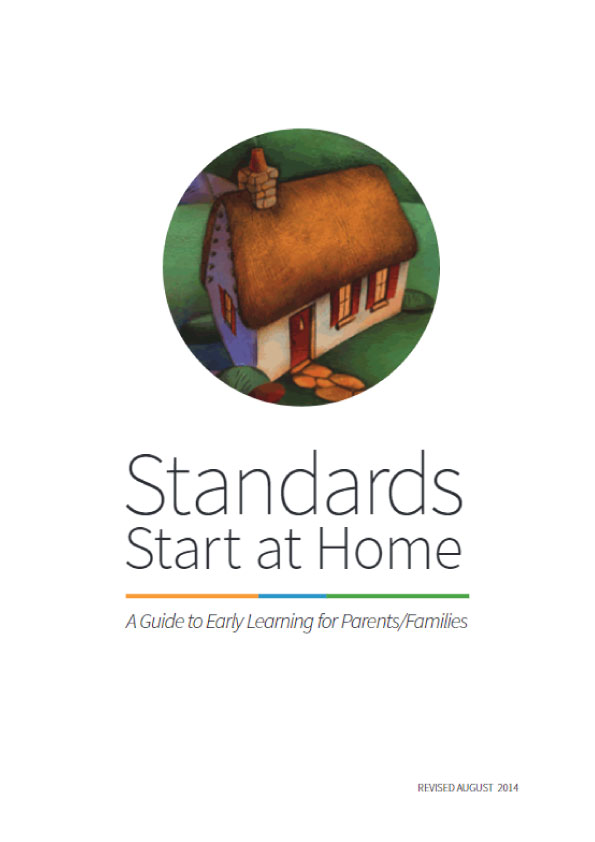After entering preschool, your child is more capable of communicating his desires, feelings and thoughts. He may start to bargain with you and not listen to you. At the same time, he may often have conflicts with his peers out of his immature self control. You need to understand and accept his developmental characteristics. In addition, clear guidance and firm discipline are also needed to encourage desirable behaviour and decrease undesirable one.
Encouraging Desirable Behaviour
Points to bear in mind
A good parent-child relationship sets the basis for the child’s good behaviour and compliance. Spend time talking with your child, joining in her play and having fun together. Give attention to her through touching, hugging, kissing, etc. When you have a close and trusting relationship with each other, your child will be more cooperative with you.
Setting a good example yourself helps your child learn desirable behaviour. Young children usually learn from observing and imitating others. So setting a good example is more important than preaching. Check on yourself whether you can do what you say. For instance, do not shout if you want your child to speak in a soft voice.
Have realistic expectation on your child according to her developmental characteristics and level of abilities. No child is perfect. Never expect yourself to be a perfect parent too. Otherwise, it will only result in frustration in both you and your child.
What You Can Do
Having said the above, here are some ways you can use to help your child establish desirable behaviour:
Setting ground rules
Set target behaviour or ground rules together with him so that he understands what he has to do. These should match with your child’s abilities, e.g. take off the shoes and put them on the shelf when returning home, or wash hands before dinner. Rules should be fair and everyone in the family should follow. Two or three rules are usually enough.
Using clear and positive instruction
Gain your child’s attention before you give instruction. You may go near her, call her by her name and look at her at her eye level. Make sure she notices you before giving instruction. Make positive and constructive requests that she understands. For example, say ‘Please put away the toys’ instead of ‘Don’t be messy’. Be brief and specific. Allow some time for her to respond. Do not give several instructions at the same time.
Praises
Praise increases desirable behaviour and decreases undesirable one. When your child is doing something appropriate such as playing quietly or following instruction, do not take it for granted. Attend to him and praise him. Be descriptive in your praise. Instead of just saying, ‘Well done’ or ‘That’s a good boy’, describe the behaviour you like to see, ‘What a colourful picture you’ve drawn’ or ‘Thank you for putting away the toys’. When giving reward, put emphasis on your praise even through he may be more interested in the reward.
Rewards
Rewards can be used to encourage positive behaviour. Using family activities such as having Dad teaching the child how to play a table game, going to the park or going out for a feast are preferred. Other effective rewards are activities or objects that your child likes.
Behaviour charts
A behaviour chart may be used when you want to increase an infrequent behaviour in your child. It gives your child extra motivation when closely monitored. Here are some points to note:
- Set a clear, specific and enforceable target in positive term according to your child’s ability (e.g. finish dinner in 40 minutes).
- To upkeep your child’s motivation, aim for an easy target first. For example, she will earn a sticker every time she reaches the target of finishing dinner in 40 minutes. With 3 stickers, she will have the reward of going to the playground. When she has reached the target continuously for a week, you may make it harder step-by-step such as finishing dinner in 35 minutes.
- Give stickers or stamps to her more frequently at the beginning to maintain her interest. Be flexible in adjusting the frequency and the number of stickers required to earn a reward. When the targeted behaviour becomes stable, phase out rewards by decreasing the frequency of stickers or rewards such as giving a sticker only every other time, or earning a reward with 5 stickers. Gradually make rewards less predictable by giving them every now and then so that your child will not become dependent on materialistic reward.
- No matter how frequent you give the reward, remember to praise your child to encourage her desirable behaviour.
- Do not take away stickers if the child does not achieve the target. Review the plan from time to time. Revise the plan if needed to keep her motivated.
Be consistent
If you want your child to work consistently towards the target, you must follow through the plan first. All the caregivers at home should know the plan and carry it out in the same way.











